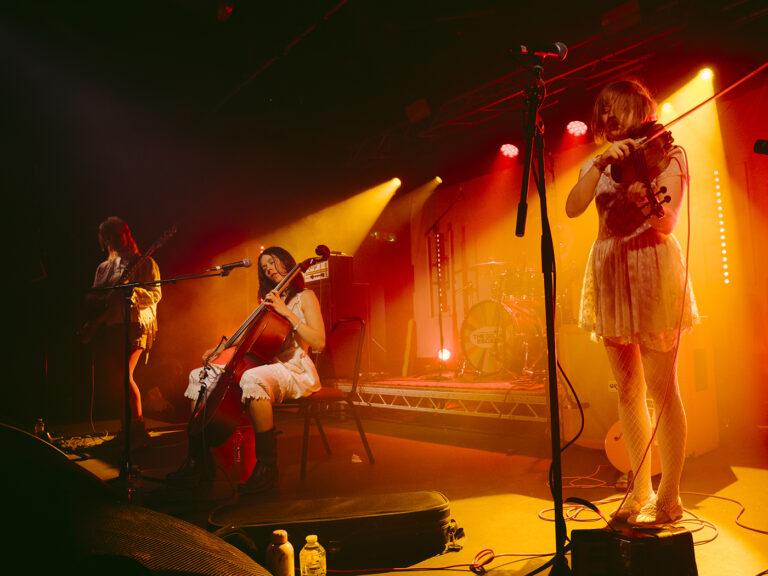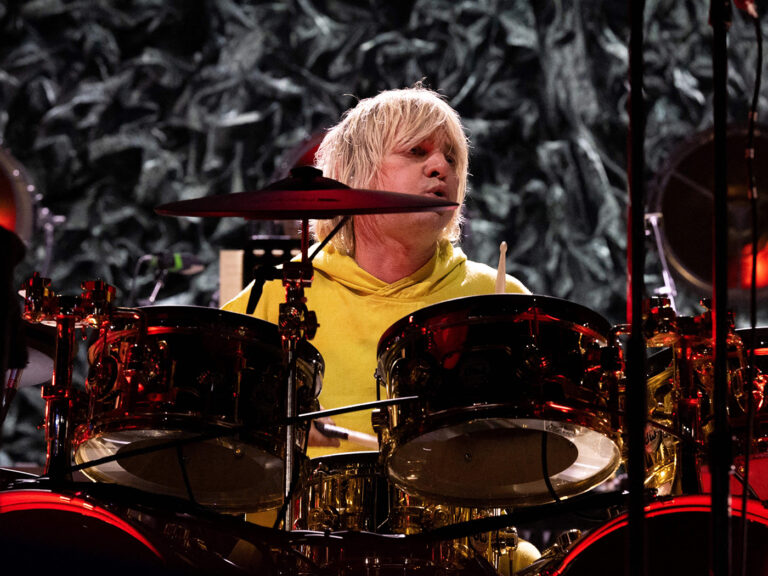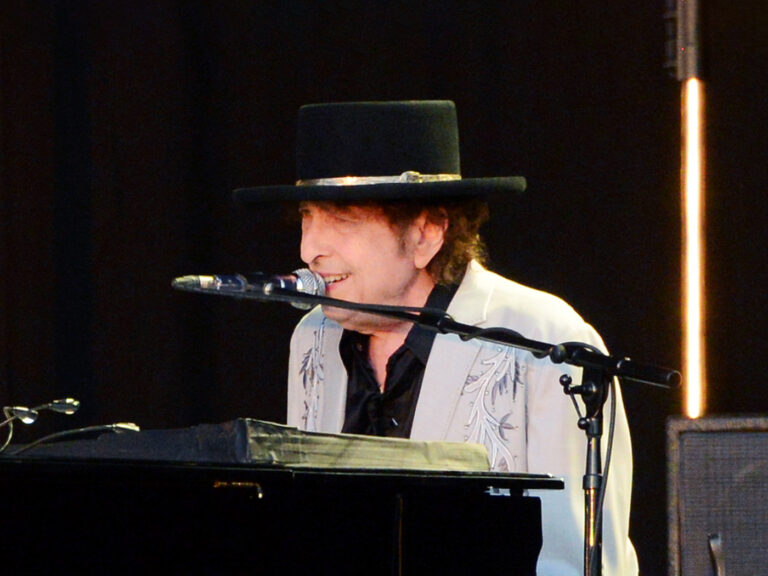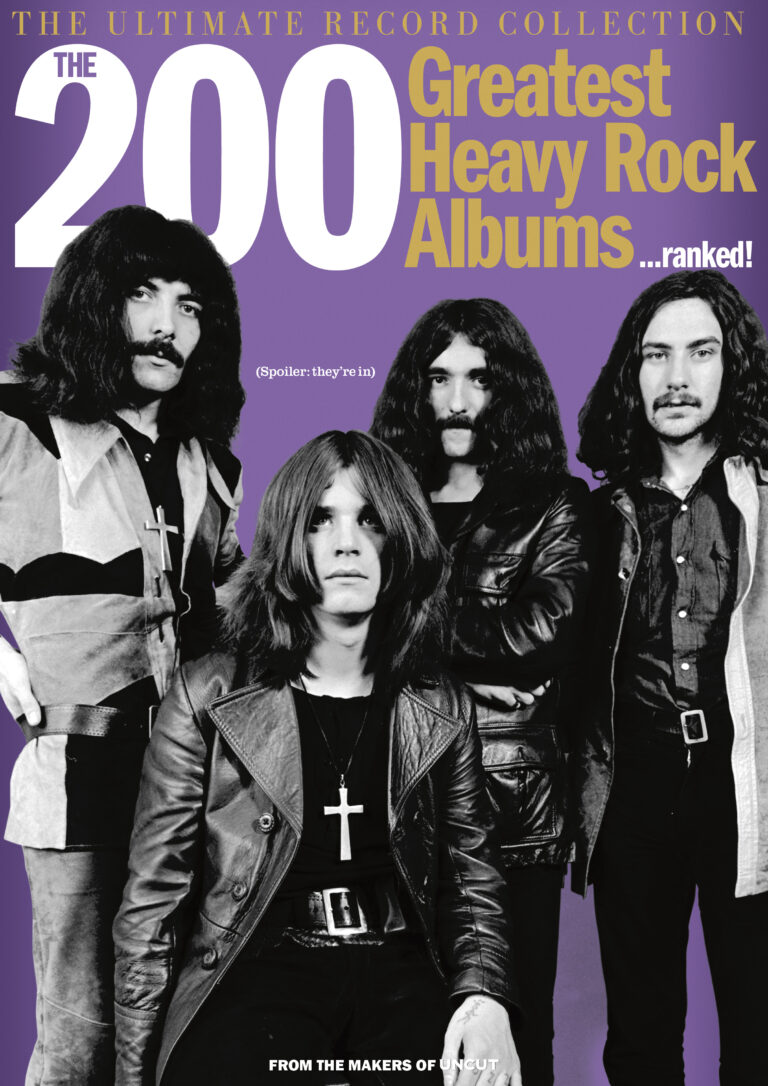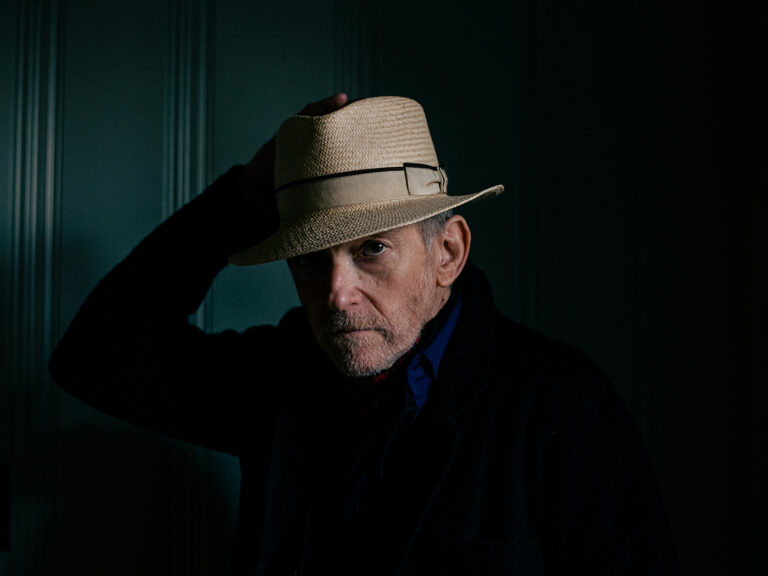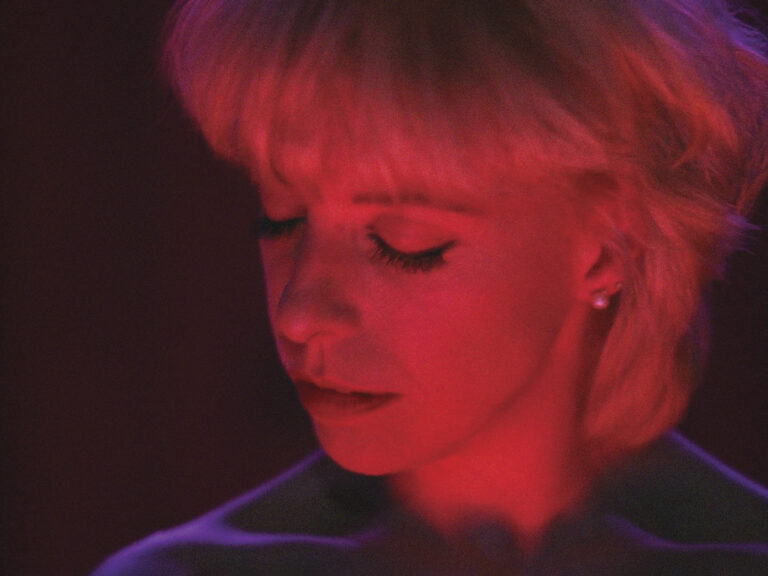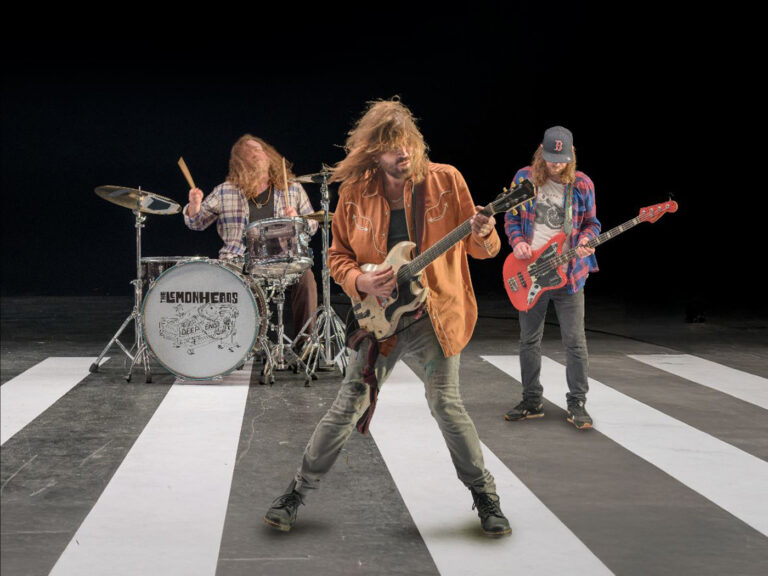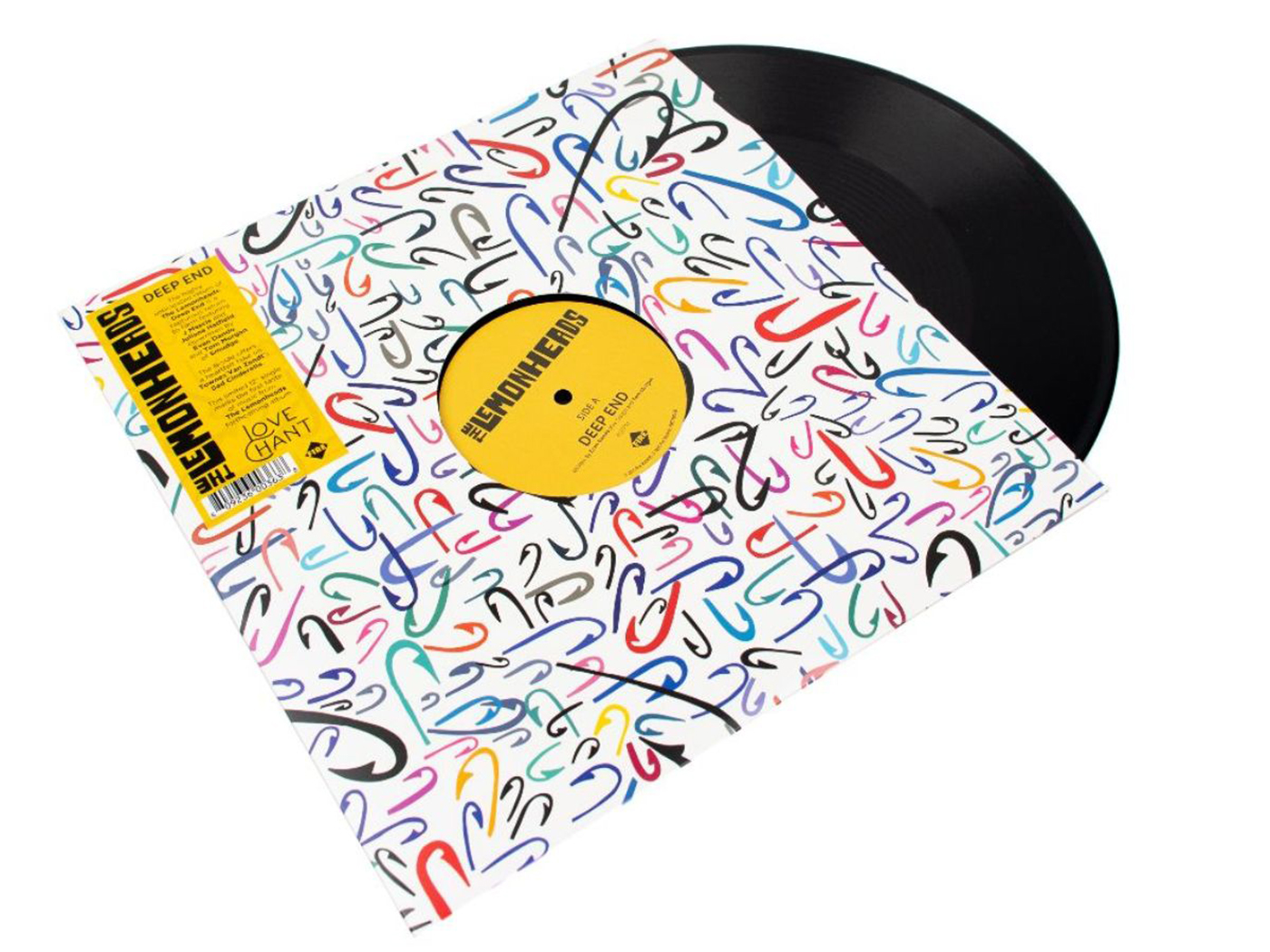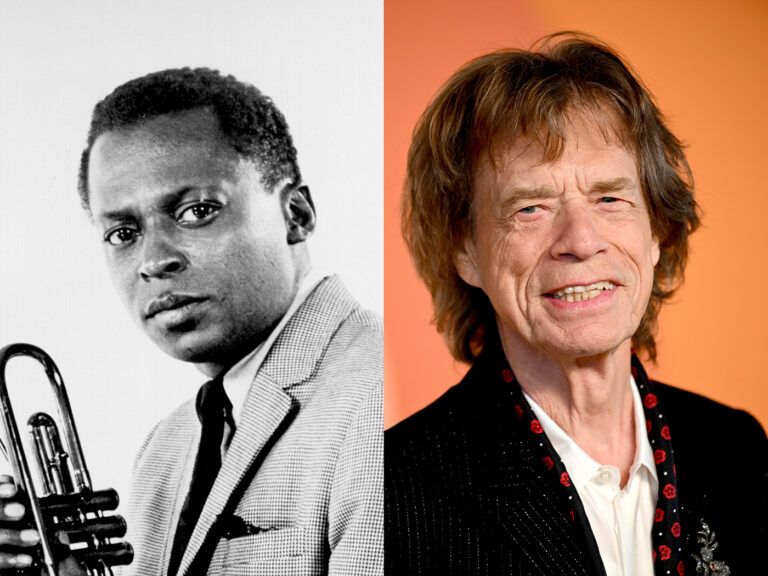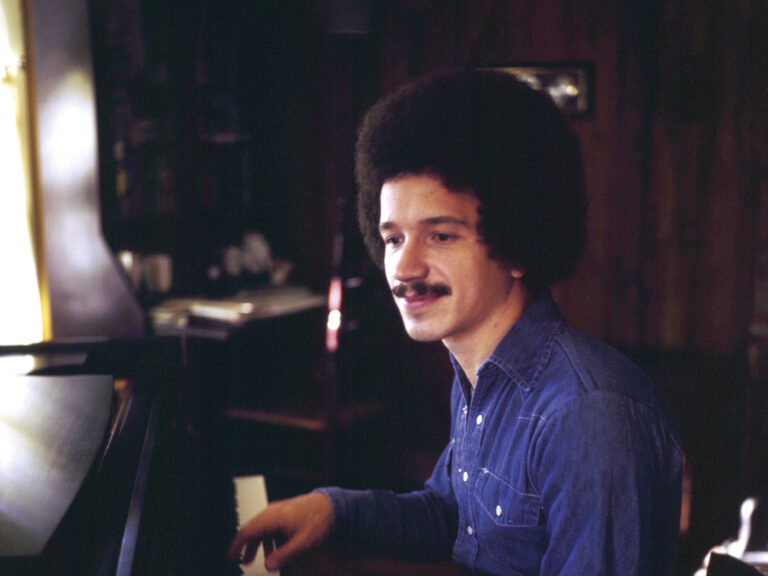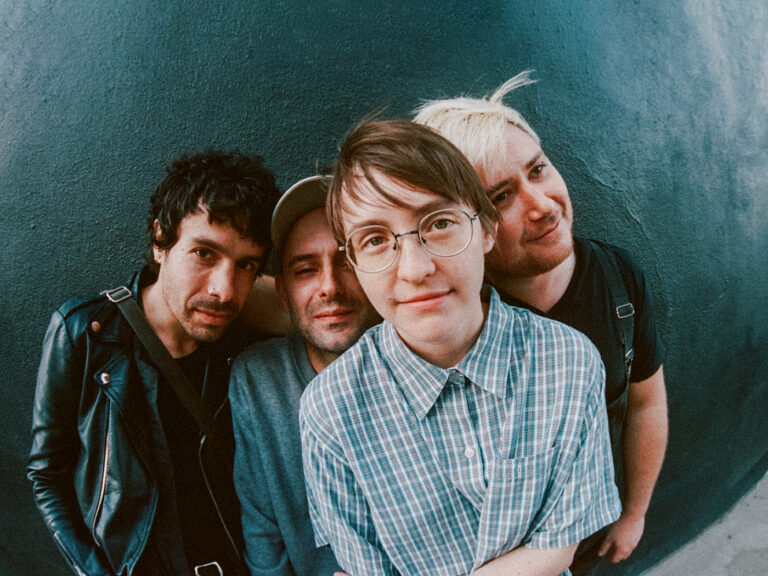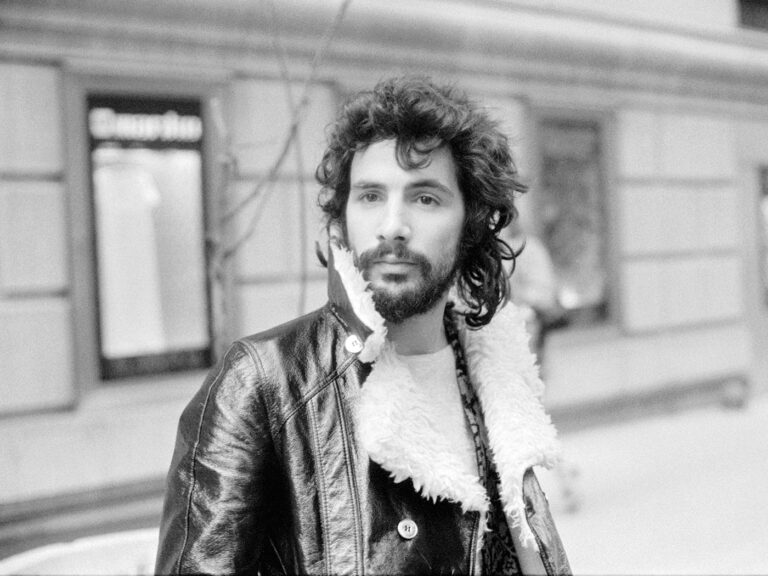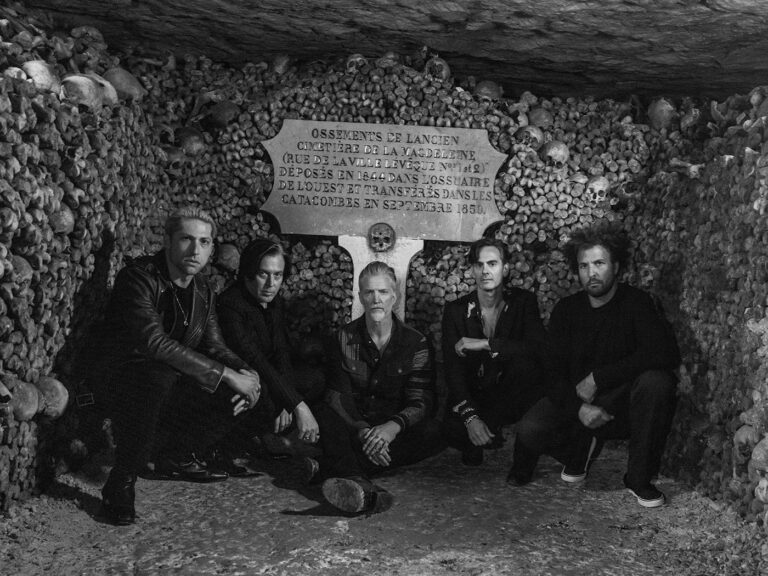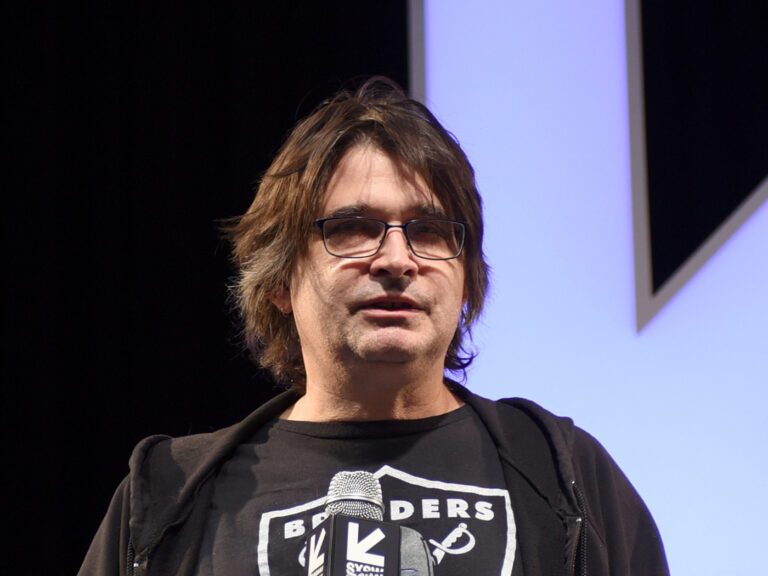On a mild night in Hollywood, Bob Dylan is still not ready for his close-up. When the 83-year-old strikes up his band, stationed behind his upright piano and working his way through his Oscar-winning 2000 single “Things Have Changed”, the screens on either side of the Bowl remain defiantly dark. They do eventually flicker into life a handful of songs later, but even then only to offer a fixed wide shot of Dylan at centre stage with his bandmates grouped around him like a Roman phalanx. As an audience, we perhaps sense we are being kept at arm’s length. “I used to care,” drawls Dylan. “But things have changed.”
THE JULY 2025 ISSUE OF UNCUT IS AVAILABLE TO ORDER NOW: STARRING NICK DRAKE, A 15-TRACK NEW MUSIC CD, THE WHO, BLACK SABBATH, BRIAN ENO, MATT BERNINGER, PULP, BOB WEIR AND MORE
For this third date of the 10th anniversary tour for Willie Nelson’s Outlaw Music Festival, Dylan follows immediately in the wake of the Michigan-born bluegrass player Billy Strings, whose set climaxes in a frantic, high-energy tornado of duelling guitars and banjos.
Dylan’s set begins at a more relaxed clip but builds swiftly into a heady blend of early classics, deep cuts and covers. He seems to be enjoying himself. After a stuttering “Simple Twist Of Fate” and a swooning “Forgetful Heart”, he lets out a loud chuckle and asks someone in the audience: “What are you eating down there? What is that?”
For all his own magnificent material, the early highlight of the set is his cover of George “Wild Child” Butler’s Chicago blues number “Axe And The Wind”. The song was a new addition to Dylan’s repertoire just two dates ago, but its bluesy swing suits him and his band down to the ground. The lyrics were written by the great bluesman Willie Dixon but the indelible closing line – “I may be here forever, I may not be here at all” – doesn’t appear on the original recording and is surely a Dylan refinement. A similar righteous stomp powers his own “Early Roman Kings”, from 2012’s Tempest, another standout.
By now Dylan fans are well accustomed to his rearranging of his own standards, and an expansive version of “All Along The Watchtower” is a wild delight. That’s followed by another pair of reinvented classics, “It Takes A Lot To Laugh, It Takes A Train to Cry” and “Desolation Row”. On either side of that run, Dylan delves into his own internal library for a pair of covers that seem to speak to his personal history: “I’ll Make It All Up To You”, a 1958 hit for Jerry Lee Lewis, and “Share Your Love With Me”, recorded by both Bobby “Blue” Bland and Aretha Franklin.
After a strutting “Love Sick”, from 1997’s Time Out Of Mind, Dylan takes a moment to introduce his band: rhythm guitarist Doug Lancio, longtime bassist Tony Garnier, drummer Anton Fig and lead guitarist Bob Britt, praised as “one of those guys who went down to the crossroad and made a deal with the Devil, and boy you can tell.”
They close with “Blind Willie McTell” and a crowd-pleasing “Don’t Think Twice, It’s All Right”, on which somehow Dylan’s voice sounds stronger and younger than it has all night. If the audience feel they’re finally being invited in, it’s another feint. On the two previous stops of this tour, Dylan has returned for an encore and a surprise new cover: first The Pogues’ “A Rainy Night in Soho” and second Rick Nelson’s “Garden Party”. Tonight, he just disappears never to return. Oh well. As Nelson sang, and as Dylan doesn’t tonight: “You can’t please everyone, so you got to please yourself.”
Half an hour later, a banner across the stage drops down to reveal Willie Nelson seated in front of a rapidly unfurling American flag. As the 92-year-old sings an upbeat “Whiskey River” there’s a croak in his voice, but by the time he’s rattled through “Still Is Still Moving to Me”, “Bloody Mary Morning” and “I Never Cared For You” the old richness and warmth is back.
He’s flanked by two young members of his extended family: his own son Micah, currently also to be found in Neil Young‘s new band The Chrome Hearts, and Waylon Payne, the son of his longtime guitarist Jody Payne and the country singer Sammi Smith. They help share the singing load, with Micah winning over the crowd by explaining that his song “(Die When I’m High) Halfway To Heaven” was written after his dad uttered the title line while they were getting stoned together. Payne, meanwhile, sings a rollicking version of Merle Haggard’s “Workin’ Man Blues” and Kris Kristofferson’s “Help Me Make It Through The Night”, which was a 1970 hit for his mother.
That allows Nelson to focus his energy on his signature hits: a singalong “Mammas Don’t Let Your Babies Grow Up to Be Cowboys”, an exuberant “On The Road Again” and the always heartbreaking “You Were Always On My Mind” and “Georgia (On My Mind)”. The very best moments, though, are when Nelson stares death in the face and laughs.
On his version of Tom Waits’ “Last Leaf”, the title track from his excellent recent covers record, he sings defiantly: “I’ll be here through eternity, if you wanna know how long / If they cut down this tree, I’ll show up in a song.” The audience cheer that sentiment, and they’re up on their feet dancing as Nelson runs straight into his own joint-in-cheek broadsides at mortality “Roll Me Up And Smoke Me (When I Die)” and “Still Not Dead”.
“I woke up still not dead again today / The internet said I’d passed away,” he sings on the latter, eyes twinkling. “But don’t bury me, I’ve got a show to play.” Long may this pair of never-ending tours keep rolling along.
Bob Dylan set list:
Things Have Changed
Simple Twist Of Fate
Forgetful Heart
Axe And The Wind
To Ramona
Early Roman Kings
Under the Red Sky
I’ll Make It All Up To You
All Along the Watchtower
It Takes a Lot to Laugh, It Takes a Train to Cry
Desolation Row
Share Your Love With Me
Love Sick
Blind Willie McTell
Don’t Think Twice, It’s All Right
Willie Nelson set list:
Whiskey River
Stay A Little Longer
Still Is Still Moving to Me
Bloody Mary Morning
I Never Cared for You
(Die When I’m High) Halfway to Heaven
Workin’ Man Blues
Mammas Don’t Let Your Babies Grow Up to Be Cowboys
Angel Flying Too Close to the Ground
On the Road Again
You Were Always on My Mind
Good Hearted Woman
Georgia (On My Mind)
Help Me Make It Through the Night
Everything Is Bullshit
Last Leaf
Roll Me Up and Smoke Me When I Die
Still Not Dead
I Thought About You, Lord
Will the Circle Be Unbroken? / I’ll Fly Away
I Saw the Light





